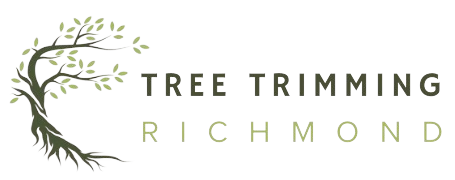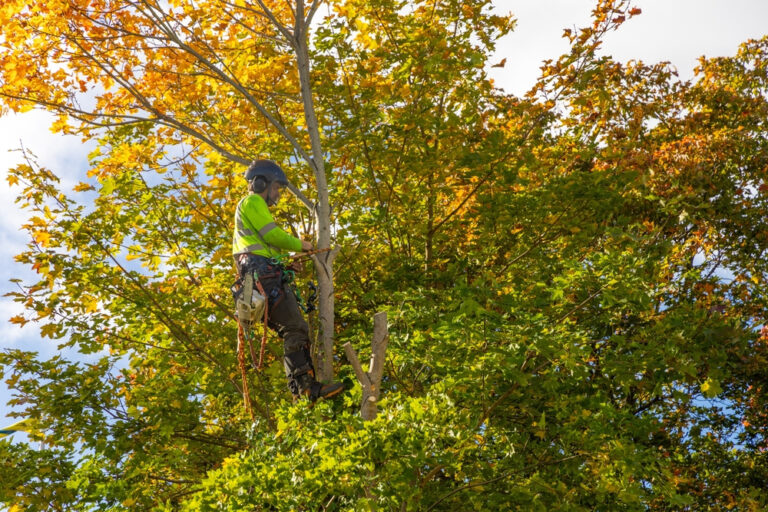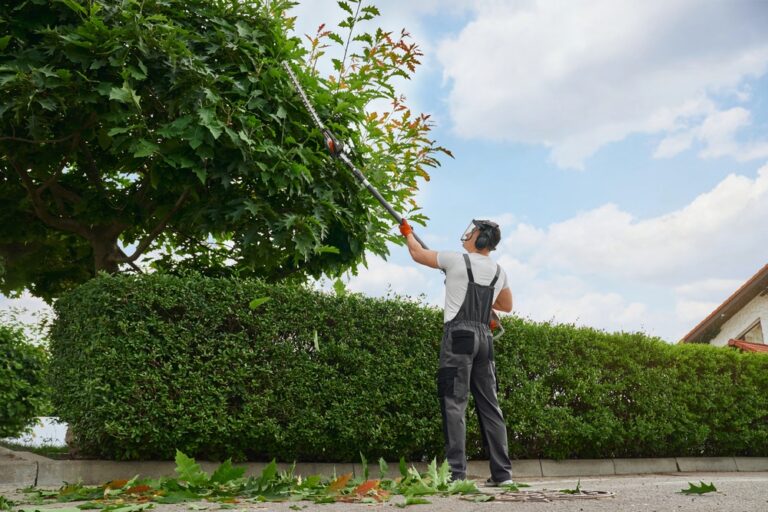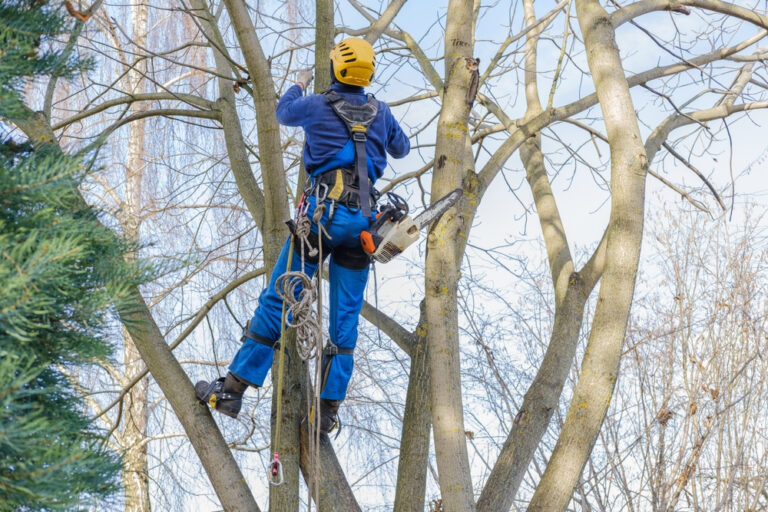Maintaining the health, beauty, and safety of a tree depends much on tree trimming. But incorrect cutting methods could have major effects on the tree and the surroundings. This tutorial will go over the need of appropriate tree trimming, typical errors to avoid, and best methods to guarantee safe and healthy development.
The Importance of Proper Tree Trimming Techniques
Tree trimming, also known as pruning, is essential for:
- Encouraging Healthy Growth: Cutting dead or diseased branches encourages fresh, robust development.
- Improving Safety: Pruning lowers the chance of branches breaking and injuring people.
- Enhancing Aesthetic Appeal: Well-trimmed trees enhance the general aspect of your home and are aesthetically pleasing.
- Protecting Property: Good trimming keeps branches from interfering with buildings, electricity wires, or cars.
Correct methods guarantees that trees stay robust and healthy for many years to come.
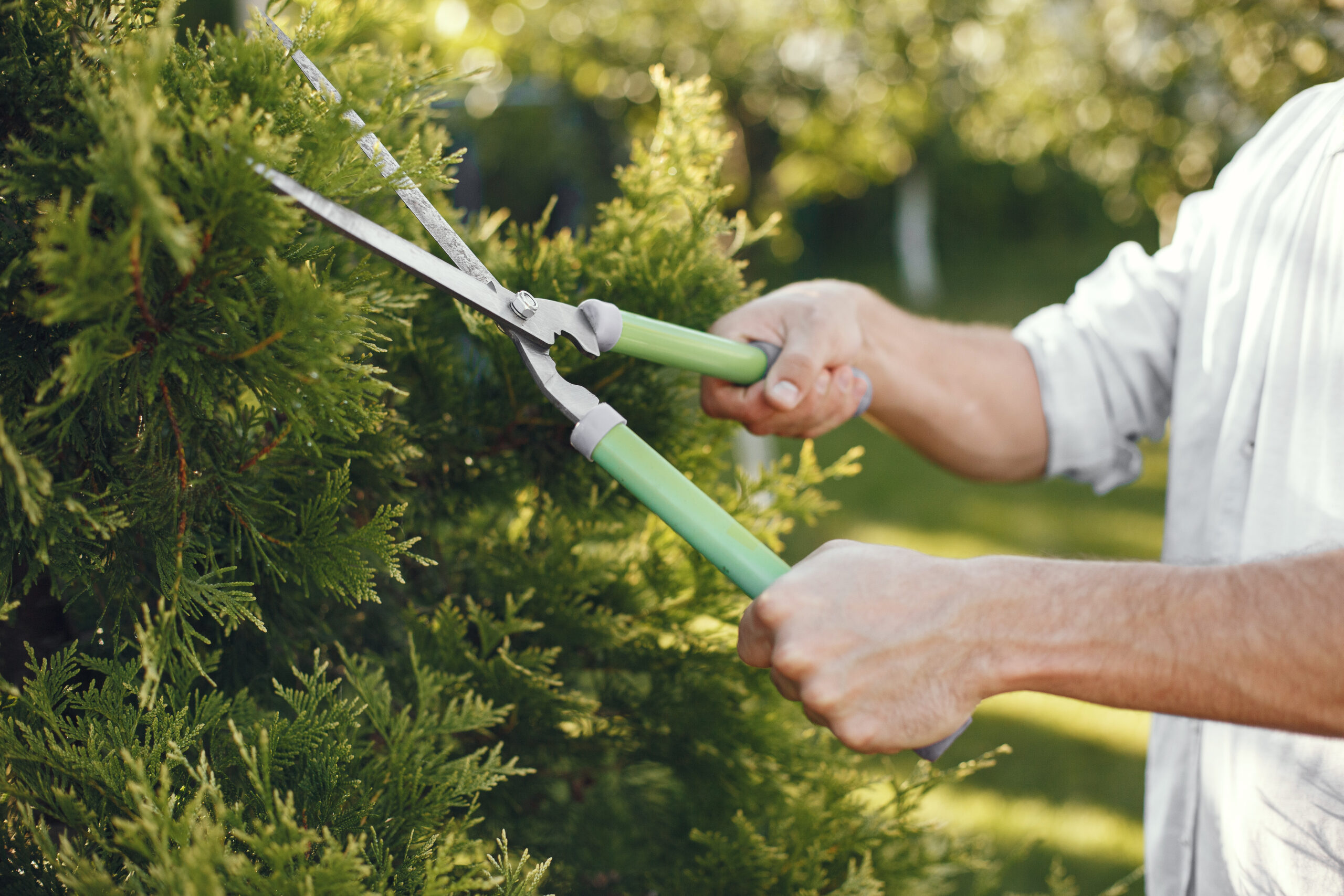
The Consequences of Improper Trimming
Bad tree trimming can result in:
- Weak or damaged trees more susceptible to break in storms.
- Greater vulnerability to illnesses and pests.
- Tree’s lifespan dropped.
- Unsafe circumstances for surrounding individuals and property.
Knowing frequent mistakes will help you stay free from these problems.
Common Mistakes and Their Consequences
1. Over-Pruning
Removing too many branches—over pruning—can seriously damage a tree.
Consequences:
- Weakening the Tree’s Structure: Tree support comes from their limbs. Eliminating too many could weaken the tree and cause it to topple easily.
- Increased Susceptibility to Disease and Pests: Revealing too much of the tree can invite illnesses and bugs to target.
- Stunted Growth: The tree suffers to photosynthesize without enough leaves, therefore slowing down its development.
Example: Cutting off more than 25% of a tree’s canopy in one season stresses the tree and makes it vulnerable..
2. Incorrect Branch Cuts
Making bad cuts can lead to long-term harm.
Consequences:
- Creating Decay-Prone Wounds: Rough or incorrect cuts let fungal diseases and deterioration of the inner wood visible.
- Damaging the Tree’s Vascular System: Cutting too near the trunk can compromise the tree’s capacity to move nutrients and water.
- Encouraging Disease and Insect Infestation: Bad cuts open doors for germs and insects.
Example: Eliminating the tree’s natural defense barrier by a flush cut—that is, removing a branch too near the trunk—invites deterioration.
3. Topping Trees
Topping is crown cutting of the tree.
Consequences:
- Destroying the Natural Shape of the Tree: Topping damages the tree’s symmetry and look.
- Weakening the Structure: New growth after topping is often weak and poorly attached.
- Promoting Disease and Insect Problems: Toping open wounds from opens one is prone to infections.
Example: A topping tree may develop rapidly but with fragile, readily breaking limbs.
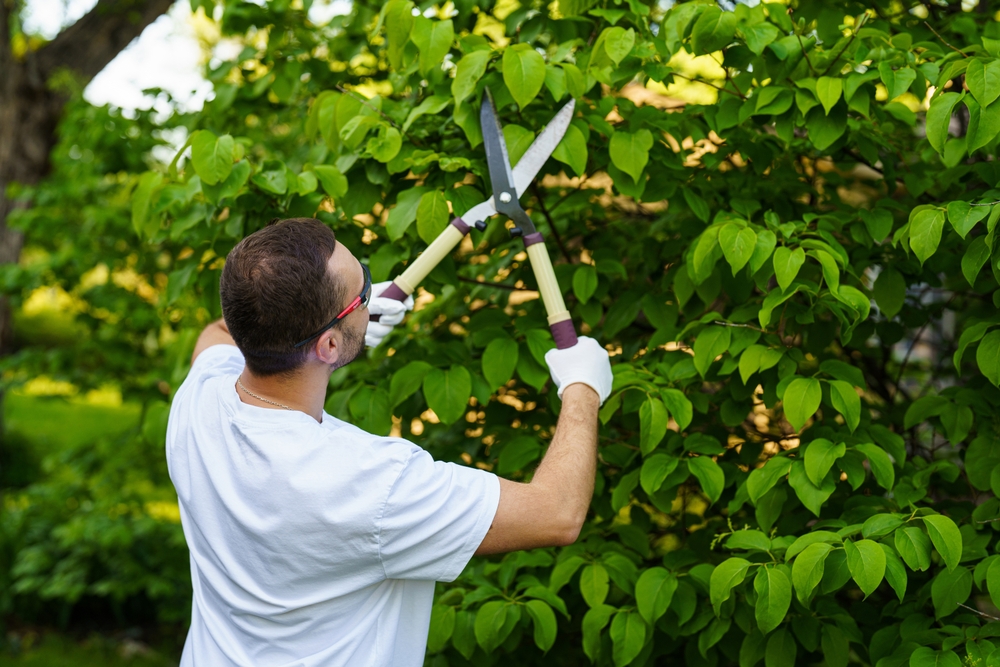
4. Neglecting Safety Precautions
Without correct safety precautions, tree trimming can be hazardous.
Consequences:
- Risk of Injury to the Tree Trimmer and Others: Severe injuries can result from falling branches or tool mismanagement.
- Property Damage: Unchecked cuts could cause branches to fall on fences, houses, or cars.
Example: A trimmer runs great danger of injury from falling debris without donning protective gear.
5. Improper Timing of Pruning
Timing matters when trimming trees.
Consequences:
- Stress on the Tree: During active growth, trimming can drain the tree’s energy stores.
- Reduced Flowering and Fruiting: Pruning at the wrong time could cut off buds, therefore limiting flowers and fruits.
- Increased Vulnerability to Disease and Pests: Some seasons make trees more vulnerable to diseases.
Example: Late spring pruning of a flowering tree can lessen its blooms the next year.
How to Avoid These Mistakes
1. Hire a Professional Arborist
See a qualified arborist if you are not sure about trimming.
Benefits:
- Expert Knowledge and Skills: Arborists know tree biology and cutting methods.
- Proper Equipment and Techniques: They apply techniques and instruments meant to limit damage to trees.
2. Learn Basic Pruning Techniques
One can make a big difference by knowing correct approaches.
Tips:
- Understand the Different Types of Pruning Cuts: Research thinning, reduction, and removal cuts.
- Know the Proper Timing for Pruning: Trim during the tree’s dormant season for best results.
Example: Pruning trees in winter helps them to heal before fresh development starts.
3. Use Sharp, Clean Tools
The correct tools help to avoid unneeded damage.
Benefits:
- Prevent Damage to the Tree: Clean cuts produced by sharp tools heal more quickly.
- Reduce the Risk of Disease Transmission: Between usage, disinfecting equipment stop the spread of germs.
Example: For larger branches, use a sterile pruning saw; for smaller ones, use clean shears.
4. Avoid Topping or Excessive Pruning
Maintain the tree’s natural shape and growth.
Tips:
- Maintain the Natural Shape of the Tree: Trimming should follow the growth trend of the tree.
- Promote Healthy Growth: Just cut dead or weak branches; leave good ones whole.
Example: Look at crown reduction to cut size without compromising structure instead of topping.
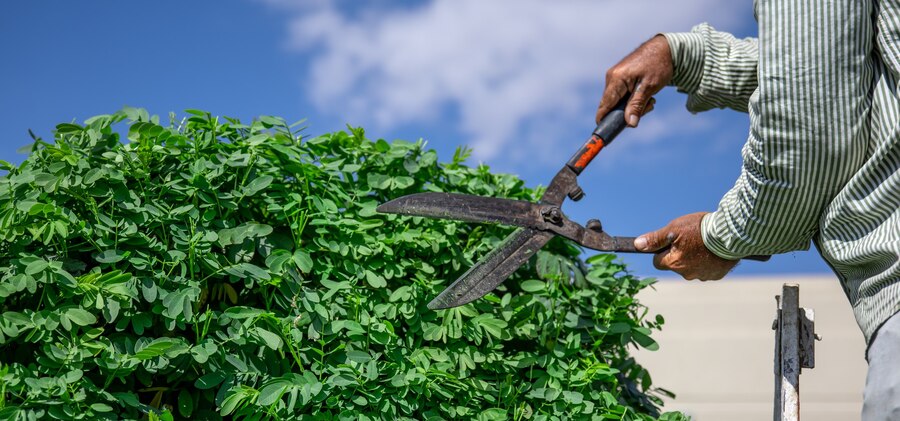
5. Prioritize Safety
Protect yourself and others during the trimming process.
Steps:
- Wear Protective Gear: Wear gloves, helmets, and safety glasses always.
- Use Proper Climbing Equipment: Safe harnesses and ropes guarantee protection from above.
- Be Aware of Surroundings: Before cutting, first look for people, power wires, and other buildings.
Example: Before cutting, first look for people, power wires, and other buildings.
Conclusion
Correct tree pruning guarantees your trees’ long-term viability, safety, and beauty. You may stop damage and encourage good growth by avoiding typical blunders include over-pruning, wrong cuts, and topping. See a professional arborist or use tried-for methods to guard your trees when unsure.
Recall that well-kept trees help everyone live in a safer, more beautiful surroundings.
Tree Trimming Richmond
(804) 533-3943
https://treetrimmingrichmond.com/
